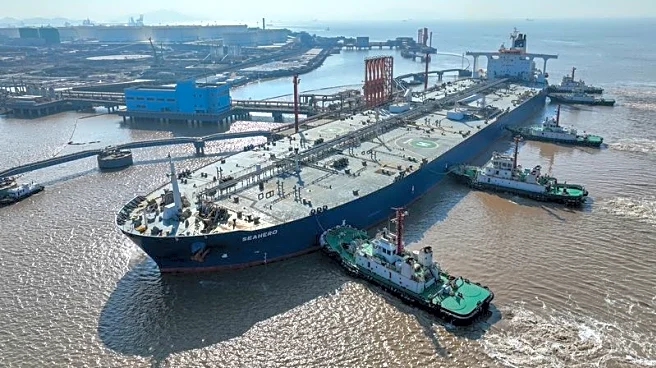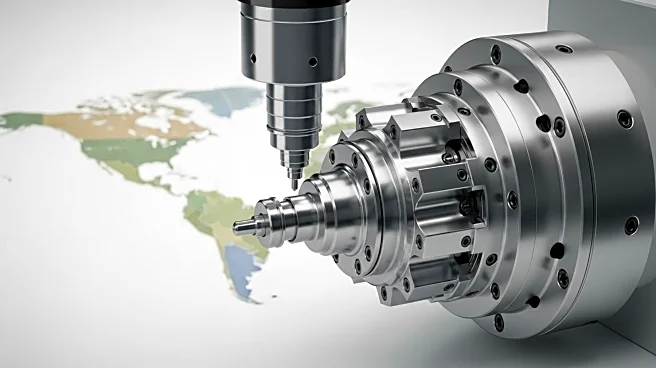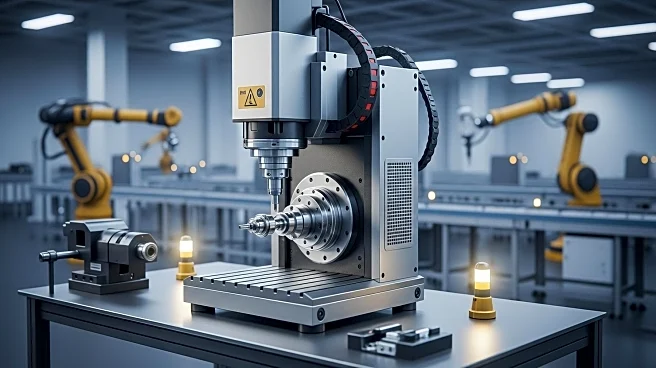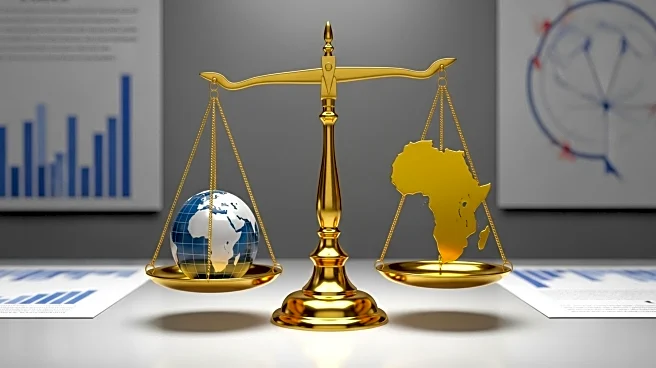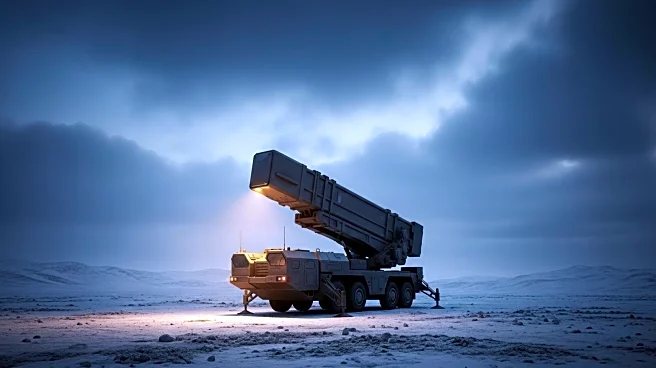What's Happening?
A recent report by Revalize, a supplier of CAD and PLM software, highlights significant shifts in global manufacturing strategies due to geopolitical tensions, including tariffs and trade disputes. The report, based on a survey of 500 manufacturers from the United States, Switzerland, Austria, and Germany, reveals that 85% of global manufacturers are restructuring their supply chain strategies in response to these instabilities. Notably, 52% of manufacturers have reduced reliance on suppliers in high-tariff regions, indicating a move towards regionalization and supply chain diversification. The U.S. is identified as one of the top three markets from which manufacturers are withdrawing, alongside China and Russia. This trend is attributed to political and economic instability, with 54% of U.S. organizations reporting significant revenue declines over the past year.
Why It's Important?
The withdrawal of manufacturers from the U.S. market due to tariffs and economic uncertainty has broad implications for the U.S. economy. It suggests potential job losses and decreased industrial activity, which could impact local economies and the national economic landscape. The shift towards regionalization and diversification of supply chains may lead to increased costs and operational changes for U.S. manufacturers. Additionally, the adoption of AI and digital transformation efforts by manufacturers to maintain profitability highlights a significant shift in operational strategies, potentially leading to technological advancements and increased competitiveness in the manufacturing sector.
What's Next?
As manufacturers continue to adapt to geopolitical and economic challenges, further diversification of supply chains and investment in new technologies are anticipated. Companies may also focus on strengthening supplier relationships and exploring localization of production to mitigate risks. These strategies could lead to a more resilient manufacturing sector, although they may also result in increased operational costs and require significant investment in technology and infrastructure.

